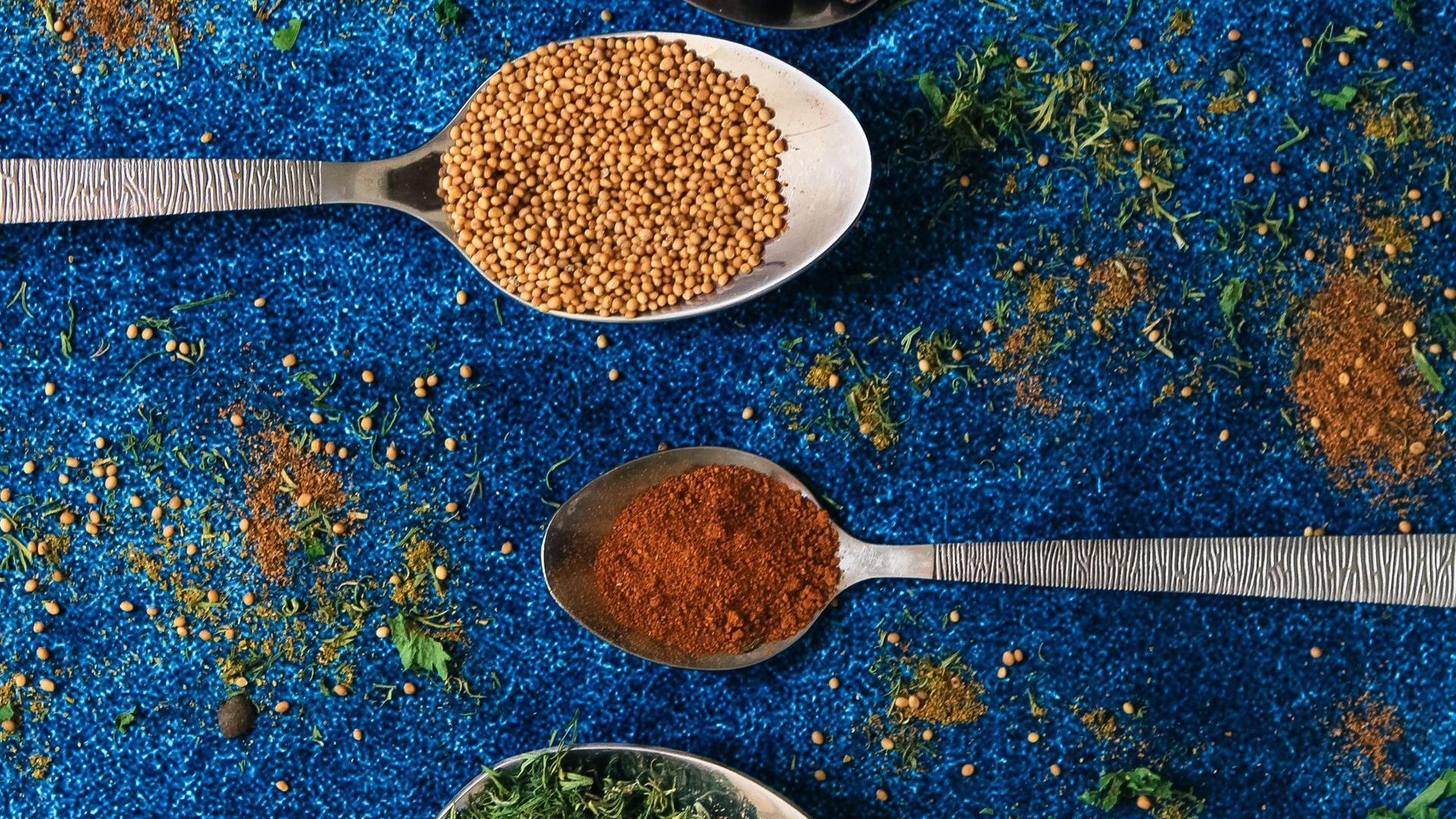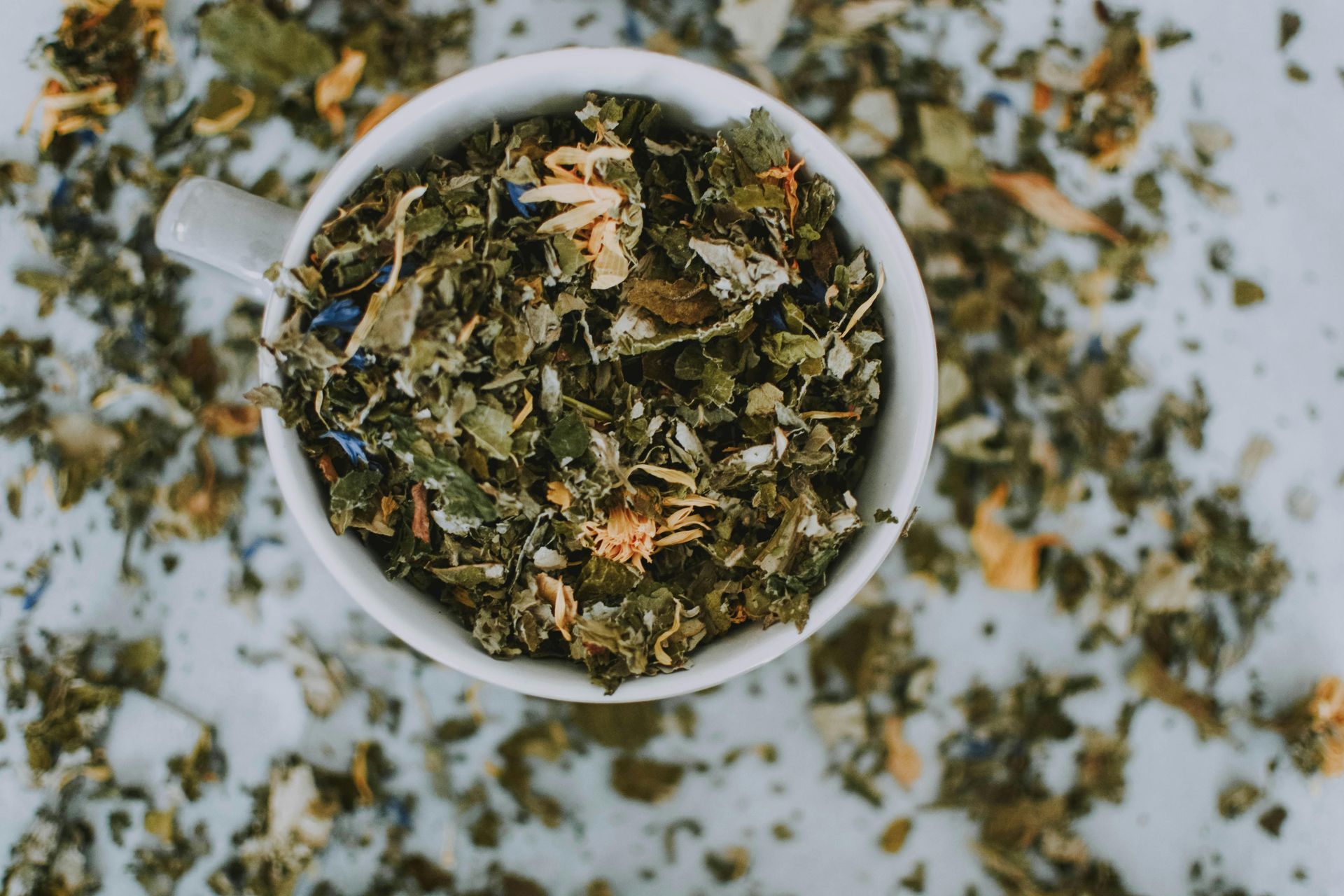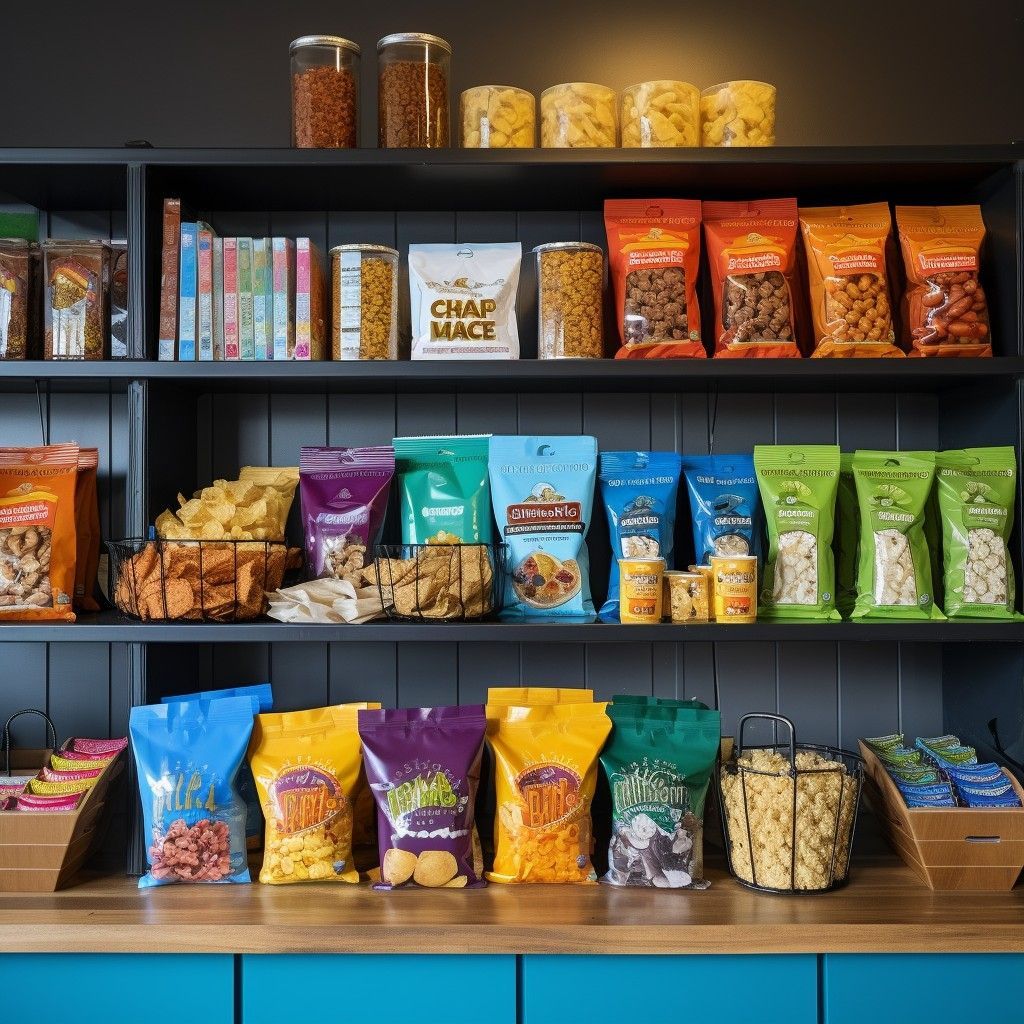IFT First 2025 Recap: Trend and Innovations
By Devon Gholam, Ph.D., Vice President of Science and Innovation
As a food scientist, the annual Institute of Food Technologists meeting is like the Superbowl. It’s great to reconnect with industry friends from all over the globe and share the latest in food science and ingredients. And this year’s IFT FIRST was no exception. Here’s my take on current trends and new innovations after attending the 2025 show.
1. Protein is everywhere.
Between GLP-1 trends and protein-packed EVERYTHING in the supermarket (pasta, snacks, even salad dressing and popcorn)—it is clear protein is enjoying its moment in the spotlight for both formulators and consumers.
I went to Chicago this year fully expecting to see protein on display everywhere and I wasn’t disappointed. From the tried-and-true dairy proteins to the expansion of plant protein innovation, especially as it relates to taste and solubility, this important macronutrient was all over the show floor.
What really caught my eye was the number of protein beverage samples being shown. Whether dairy-based, vegan, or formulated with collagen, functional beverages have taken on a life of their own.
When I first started attending IFT shows over 20 years ago (gasp!), meat substitutes were the most popular plant-based protein format. It’s been such a treat to see how plant protein has evolved over the last couple decades with uses across a wide variety of applications. Whereas pea protein was once novel, it is now much more mainstream, with rice and fava bean protein also picking up speed.
Click to Learn More: Mintel Article on US Protein Trends
2. Upcycled innovations continue to gain traction.
Something old, something new—upcycled leads to cool ingredients, it’s true! As sustainability remains a hot topic in the food industry, new companies and technologies are emerging to create value and nutrition from production streams that otherwise wouldn’t be used in the food chain.
Two companies in particular drew my attention while exploring the Startup Pavilion.
1. First, Crush Dynamics uses fermentation to transform grape pomace (leftover from winemaking) into powerful multifunctional ingredients. The combination of fibers and polyphenols in their products allow for sugar reduction, flavor modulation, texture improvement, and shelf-life extension.
2. The other company I found highly interesting was Compound Foods. They have developed cocoa-free cocoa and bean-free coffee utilizing upcycled ingredients to provide sustainable solutions for volatile commodities. With the versatility across multiple applications, I’m very excited to see their products flourish and wondering what other innovation solutions they will come up with next.
Of course there were several other upcycled ingredients around the expo. Like Crush Dynamics, POM Wonderful’s Ingredients made from byproducts of pomegranate juicing have multiple uses for enhancing the flavor and nutritional profile of foods. Solnul® (distributed by Quadra Ingredients) showcased their fiber ingredient made from leftover water of potato processing, which is backed by multiple studies showing its prebiotic effects and impact on the gut microbiome. Both Solnul and POM Wonderful’s POMxL ingredient are upcycled certified by the Upcycled Food Association.
3. The line between functional foods and supplements is blurring.
It is apparent now more than ever the line between functional foods and supplements is not as distinct as it once was. I mean this metaphorically—there are clear regulatory distinctions between food and supplements. However, with the growing emphasis on food as medicine, consumers are turning to functional foods and not just supplements for active ingredients that provide additional health benefits beyond simple nutrition.
Last year I had the honor of talking about ashwagandha as a functional food ingredient during one of the educational sessions at IFT. This year, I was part of a fireside chat on menopause supplements. These sessions coupled with the increasing presence at IFT of companies marketing science-backed ingredients demonstrates a shift in the landscape when it comes to finished goods delivering on health and wellness.
As a formulator, it is important to me any products in which I have a hand meet people where they are at on their health and wellness journeys. We should make nutrition and wellness accessible to all through whatever works best for consumers, whether that’s adding something new to a bar or beverage, injecting health benefits into seasoning for snacks, or redefining supplements through new applications.
Were you at IFT this year? What was your highlight of the show? What has you excited about what’s coming next in functional foods and supplements? Drop me a line and let me know!
Attending SupplySide Global?
Learn more from Devon during the panel discussion on how science-backed ingredients bridge the gap between foods and nutraceuticals.
SupplySide Global Schedule >








